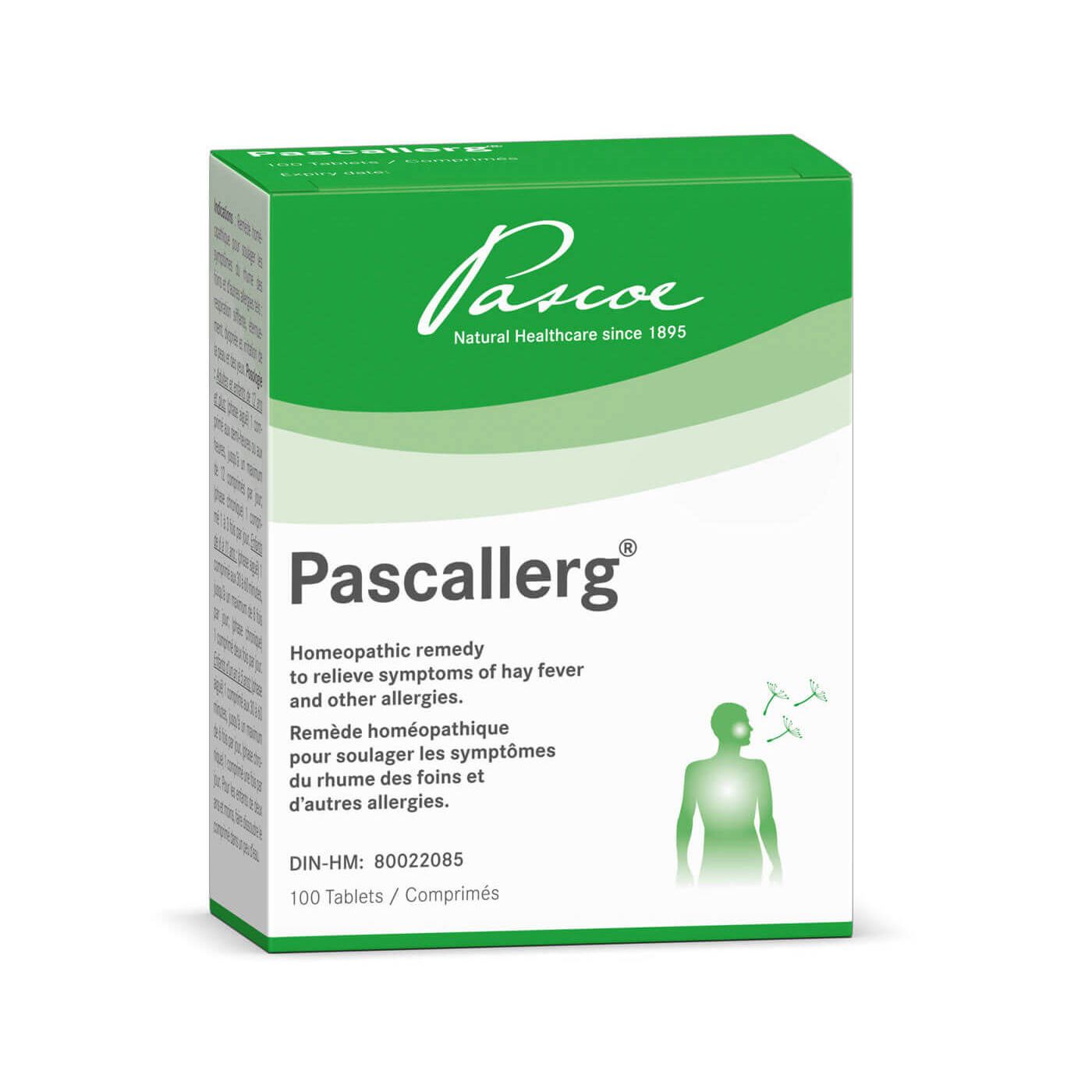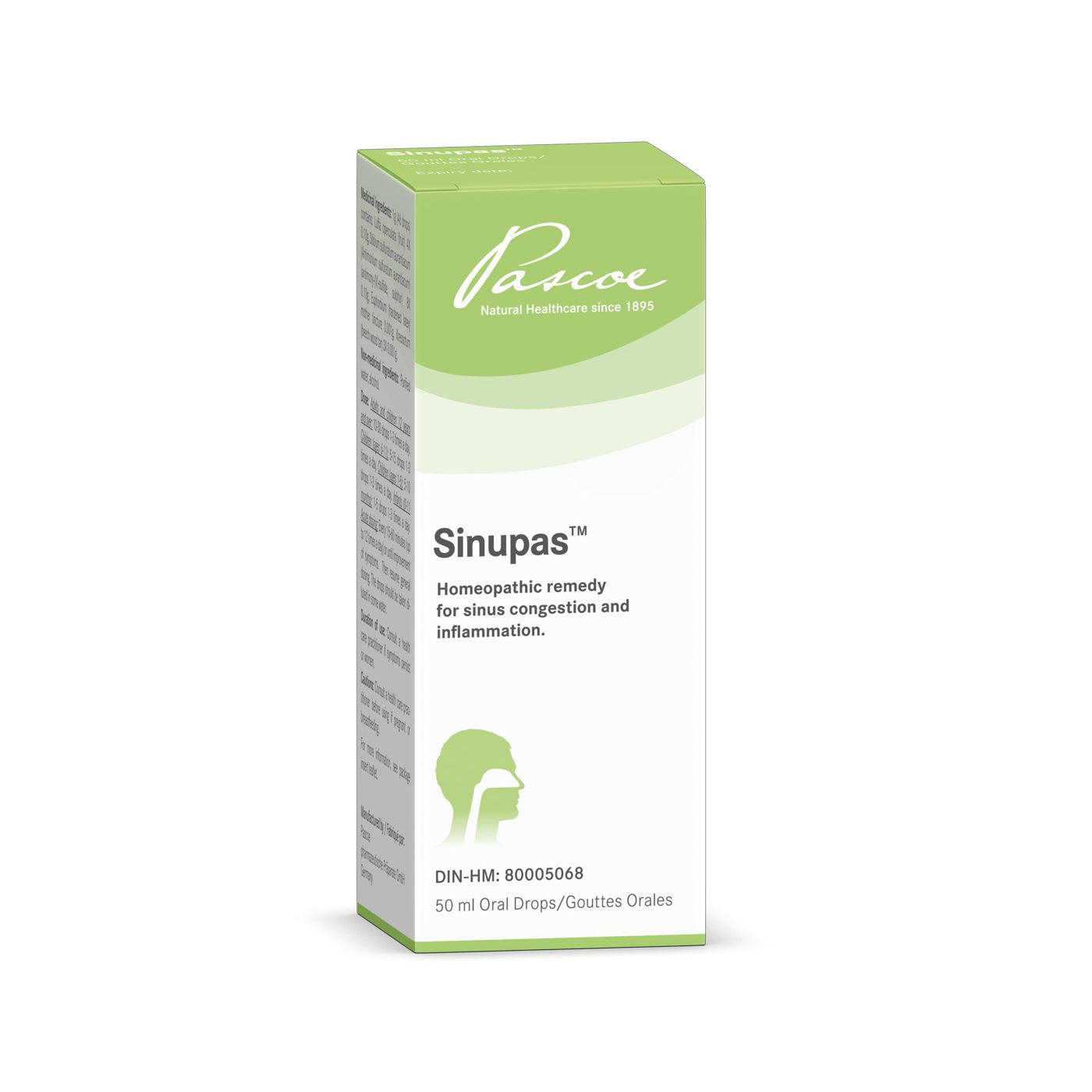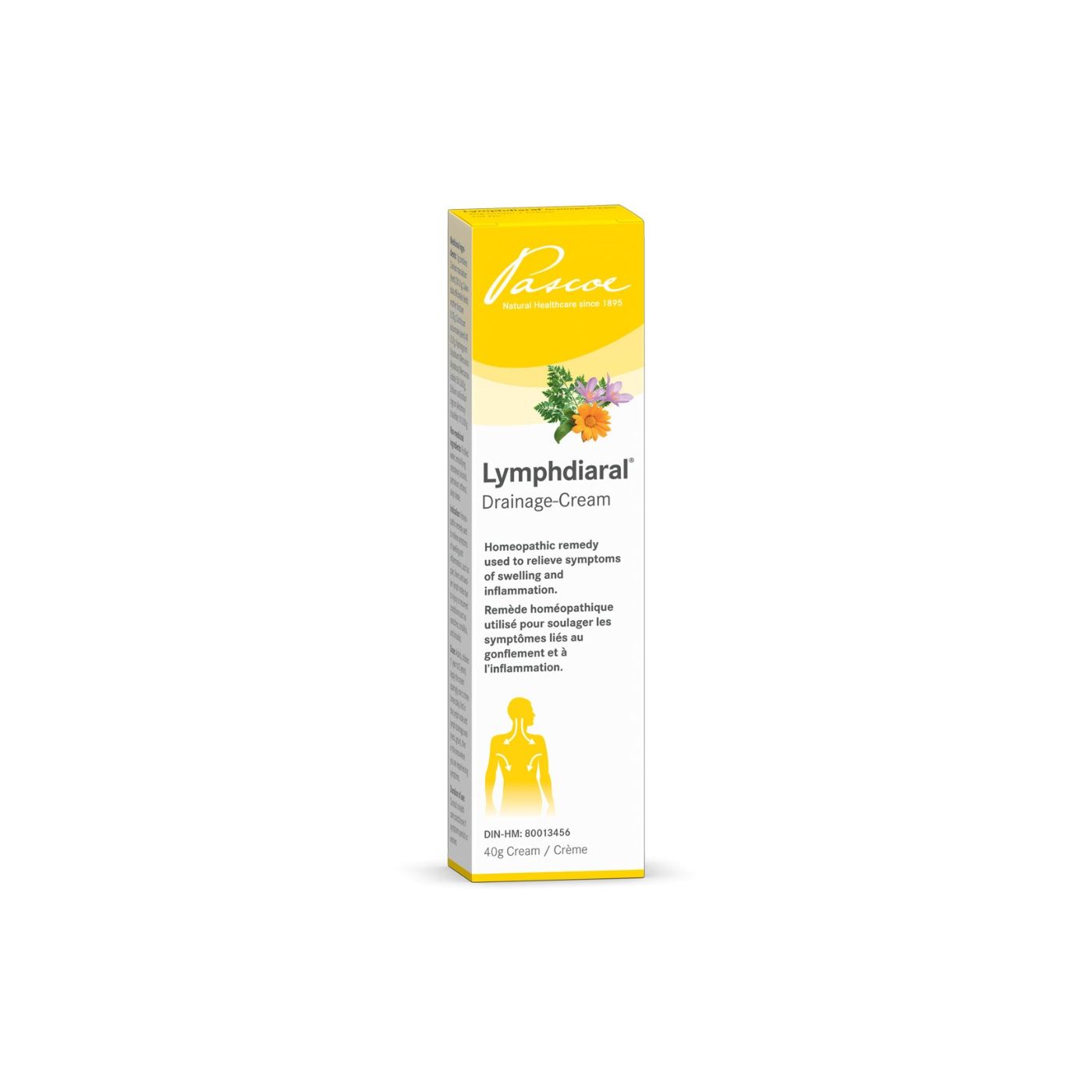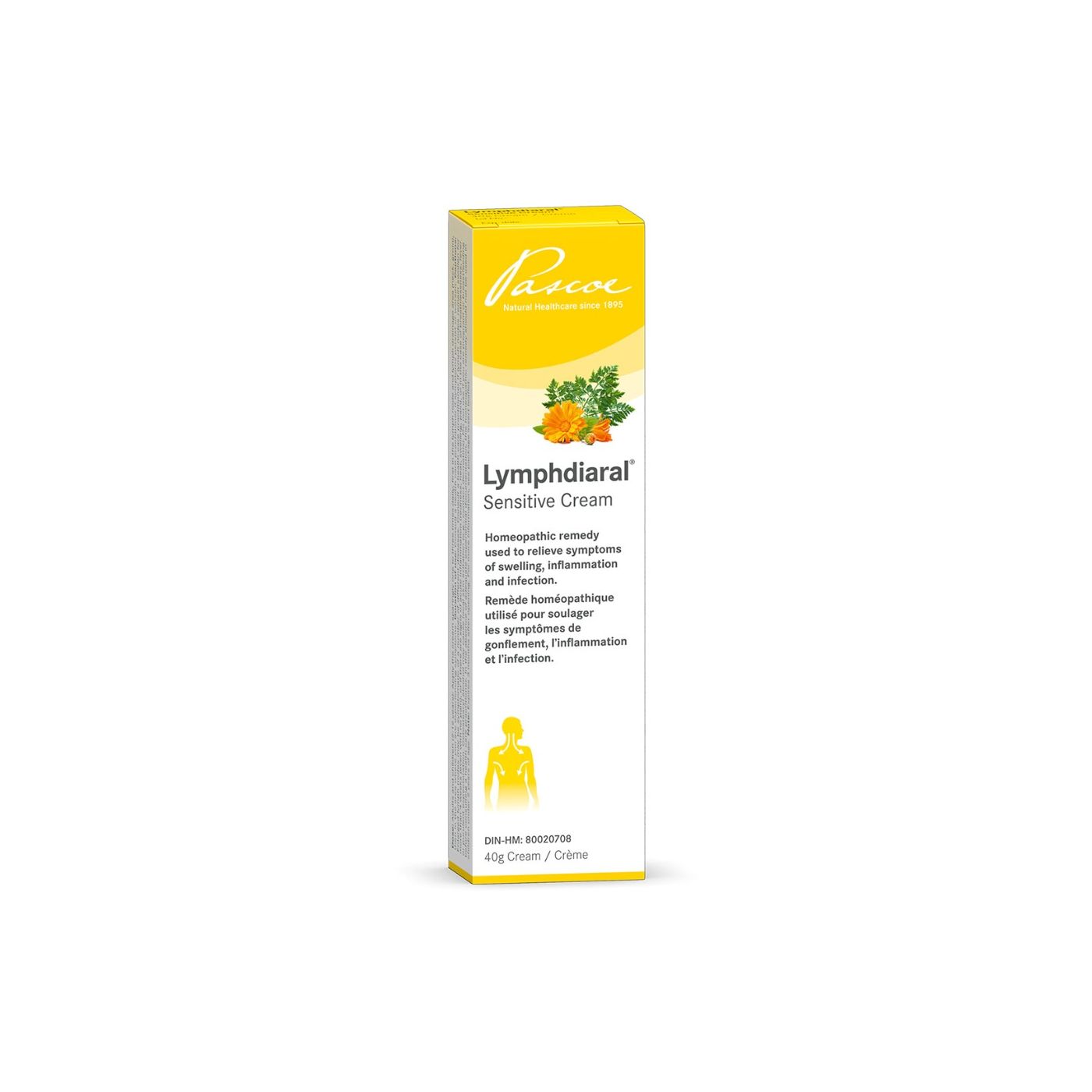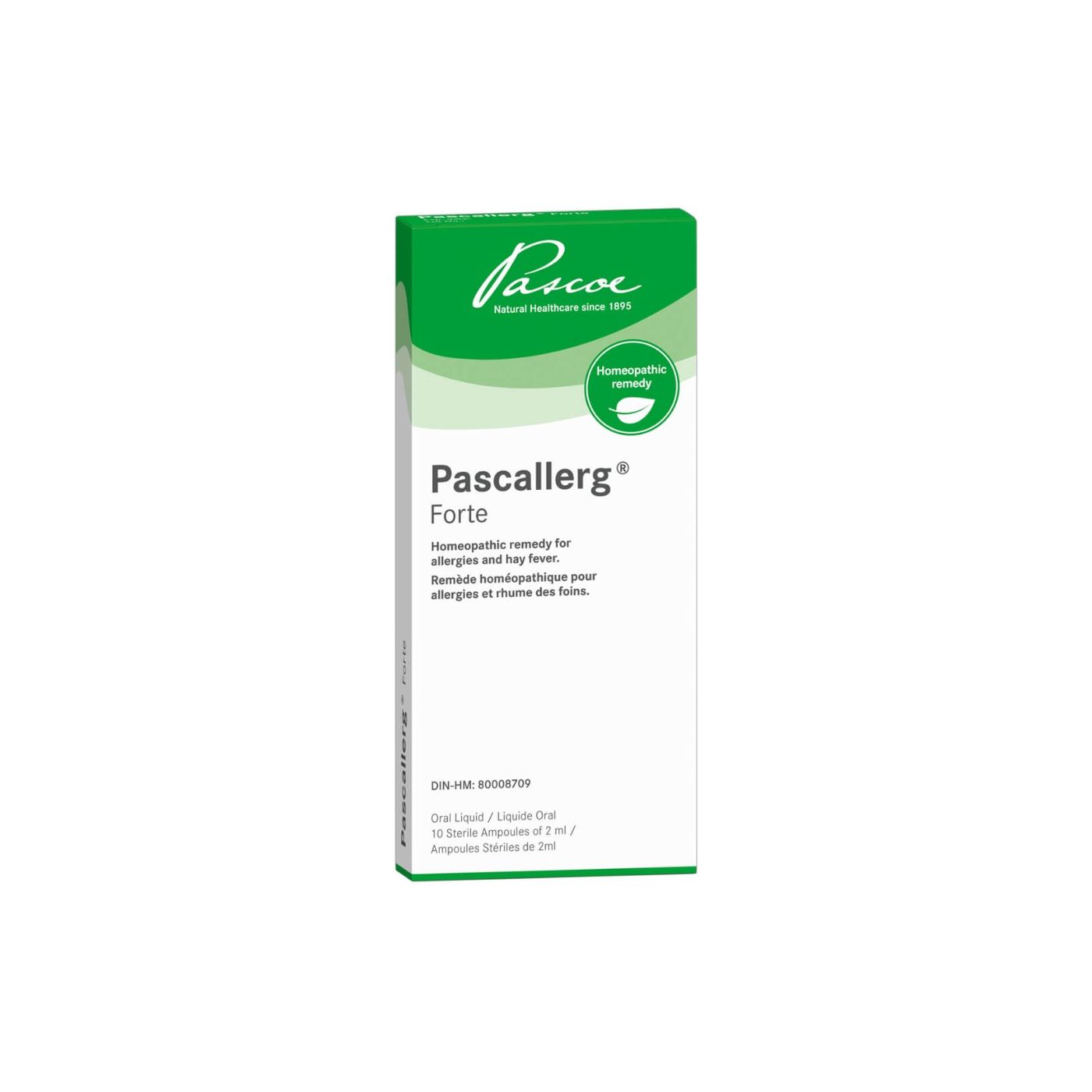Summer Allergies: They're a Thing!
It's June and we're officially into the summer months! Warmer weather, barbeques outside, days in the park, bare feet...and you're still sneezing with itchy, watery eyes?!
For most people, summer signifies more than just fun in the sun, but also relief from annoying allergies that can make you miserable. But for many it just means a continuation of spring allergies with symptoms that present a bit differently.
Welcome to summer allergies. Summer allergies are very much a continuation of spring allergies, as many of the same triggers are to blame. And the symptoms of summer allergies are similar or the same as spring allergies.
Symptoms include:
- Runny nose
- Itchy, watery eyes
- Sneezing
- Coughing
- Dark undereye circles
- Skin rashes (in some cases)


Although symptoms are the same, summer brings a whole new host of allergens to the scene.
Pollen
Pollen continues to be the biggest culprit. By the time summer rolls around, the trees have already finished pollinating, so that then leaves the grasses and weeds to continue triggering our allergies. Ragweed is one of the biggest summer allergy triggers. It can travel for hundreds of miles with the wind, so even if it doesn't grow around you, you can still feel its effects if you're allergic to it.
Weeds that cause allergies:
- Ragweed
- Cockleweed
- Pig weed
- Russian thistle
- Sagebrush
- Tumbleweed
Grasses that cause allergies:
- Bermuda
- Blue grasses
- Orchard
- Red top
- Sweet vernal
- Timothy
Mold
As spring makes its way out and summer arrives, the conditions change. As flowers, trees, plants and grass grow, they add even more pollen into the air. And the heat and humidity that come with summer create the perfect environment for mold to grow. Mold is a fungus can live almost anywhere, both indoors and out; it thrives in damp places.
When a mold source is distributed, its seeds, known as spores, are released into the air. There are thousands of different molds that produce spores and counts are at their highest when temperatures and humidity rise both during and after thunderstorms. High winds from thunderstorms pull mold spores from the ground into the air and break spores into smaller pieces, making them easier to inhale. Inhaling these spores can really aggravate allergies.
Insects
Insects can also cause us grief! And during the warm summer months they are more active, making your chances of getting stung a lot higher.
Bees, wasps, yellow jackets, hornets and fire ants can cause allergic reactions ranging from a few hives to swelling at the site of the sting, wheezing or a drop in blood pressure. Some reactions can be life-threatening. People with stinging insect allergies should consult an allergist.
Plants
Skin allergies to outdoor plants is also common in the summer months. The most common plants are poison ivy, sumac and oak. A brief encounter with these plants can leave your skin, red, very itchy, and oozing with a rash that can develop over the next few days after touching it. If you are sensitive to plants, always wear long-sleeved shirts, long pants and socks outdoors. If a rash develops, over-the-counter steroid cream may help clear it up.
Smog
Summer air pollution can make your already miserable allergy symptoms worse. One of the most common is ozone at the ground level. It’s created in the atmosphere from a mix of sunlight and chemicals from car exhaust and other pollutants.
Summer’s strong sunlight and calm winds create clouds of ozone around some cities and this can make the air feel thick, making it harder to breathe than it already is for those with allergies.
What Can You Do to Make Allergy Season Easier?
Aside from medication and other directions from your allergist, there are some simple steps you can take to avoid your triggers.
- Stay inside when the pollen count and smog levels are high
- Keep your doors and windows closed
- Run the air conditioner and use an air purifier
- Regularly clean air filters and vents in your home
- Dust inside your home regularly to avoid a build up of pollen collection
- Wash bedding, rugs and linens regularly in hot water to get rid of dust mites and other allergens
- Wash your hair, shower and change your clothes after you go outside
- Vacuum your home often to help pick up pollen, mold and dust that could settle
- Keep the humidity in your house between 30% and 50% so dust mites won’t thrive

